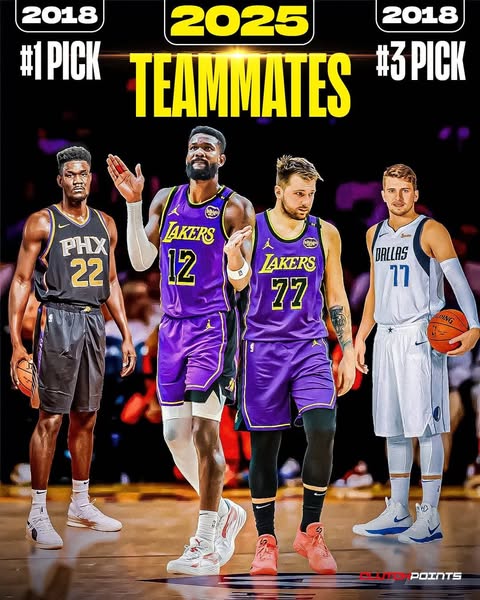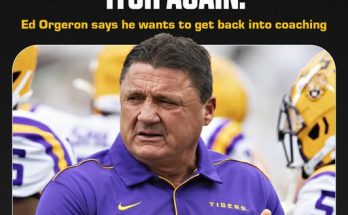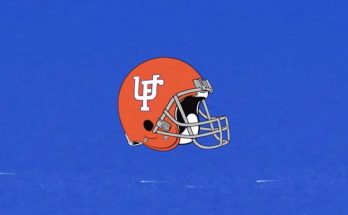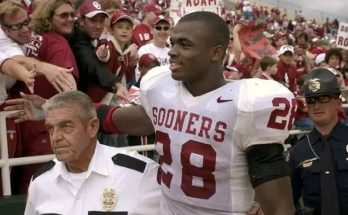The Los Angeles Lakers have made headlines yet again, this time for assembling one of the most intriguing combinations of talent in recent NBA memory. With the addition of Deandre Ayton to their roster, the Lakers now possess both of the top three picks from the 2018 NBA Draft — Ayton and Marvin Bagley III — pairing them with a franchise that already carries historical weight and championship expectations. It’s an uncommon convergence of talent, potential, and second chances, all playing out under the bright lights of Los Angeles. This unique development invites deeper analysis not only into the players themselves, but into the broader implications for the franchise’s future.
To fully appreciate the gravity of this development, we must look back to the 2018 NBA Draft, a night that was rich with promise and loaded with speculation. Deandre Ayton was the clear number one overall pick, selected by the Phoenix Suns. Standing at 7 feet tall with a soft shooting touch and elite athleticism, Ayton was billed as the next great big man — a modern center who could run the floor, protect the rim, and stretch defenses. He averaged a double-double in his rookie season and became an integral part of Phoenix’s rise to relevance, especially during their 2021 Finals run.
The second pick in that draft, Marvin Bagley III, went to the Sacramento Kings. Bagley was known for his quickness, leaping ability, and scoring versatility, particularly around the rim. Coming out of Duke, he was seen as a high-upside forward with the potential to develop into a star. However, both players have faced their share of challenges — whether it be injuries, inconsistency, or team dysfunction — and have spent the early parts of their careers trying to find stable ground.
Fast-forward to 2025, and both Ayton and Bagley have arrived in Los Angeles wearing purple and gold, looking to rewrite their narratives. This is no coincidence; it is the result of calculated moves by a Lakers front office determined to stay relevant in the Western Conference amid growing competition and questions about the team’s long-term trajectory. With LeBron James nearing the twilight of his legendary career and Anthony Davis fighting durability concerns, the Lakers are strategically positioning themselves to transition into a new era — and Ayton and Bagley are pivotal to that vision.
Ayton, for his part, brings a significant presence to the Lakers’ interior. His ability to rebound, score in the post, and alter shots provides immediate utility. Though critics have questioned his motor and intensity at times, there’s no denying his talent or his ability to impact games when fully engaged. In Los Angeles, he’ll be surrounded by veterans, experienced coaching, and a winning culture — the exact environment he needs to tap into his full potential. Playing alongside Anthony Davis in the frontcourt could help Ayton by lessening the physical burden, allowing him to focus on offensive efficiency and rim protection without being the team’s primary anchor.
Meanwhile, Marvin Bagley III finds himself with perhaps his best opportunity yet. After uneven stints with Sacramento and Detroit, Bagley has the chance to contribute in a more defined role. The Lakers don’t need him to be a savior — they need him to provide energy, scoring off the bench, and positional versatility. With his quick first step and ability to finish around the rim, Bagley could become a valuable weapon in transition and in half-court sets alike. What he needs most now is health and confidence, and L.A. might be the right place to rediscover both.
What’s particularly compelling about this union is not just the individual redemption stories, but how their arrivals reflect on the Lakers’ evolving philosophy. Gone are the days when L.A. was solely star-hunting in free agency. The current front office, led by Rob Pelinka, seems to be betting more on upside, development, and long-term planning. Bringing in former top-three picks — players who have shown flashes of brilliance but have yet to fully materialize into stars — is a savvy gamble. These are athletes still in their mid-20s, still hungry, and now under a spotlight that demands excellence.
Another angle to this story is the influence of LeBron James and Anthony Davis. Though the future Hall of Famers remain focal points, their presence allows players like Ayton and Bagley to integrate into a culture of professionalism and success. LeBron, in particular, has a history of elevating the performance of big men around him — from Chris Bosh to Kevin Love to Davis himself. Ayton stands to benefit from such leadership, and if Bagley can absorb the work ethic and discipline that LeBron and AD bring, he could experience a career resurgence.
This collection of former top picks also brings an added layer of intrigue to the Lakers’ roster construction. Consider this: few teams in NBA history have ever housed two of the top three picks from a recent draft — let alone under circumstances where both are still developing. It signals a rare moment of convergence, where opportunity, timing, and organizational intent align. While the pairing doesn’t guarantee championship success, it opens the door to possibilities that were unthinkable just a few years ago.
Still, there are real questions to be answered. How will the Lakers manage minutes between Ayton, Davis, and Bagley, especially in a league that continues to trend toward smaller lineups and pace-and-space philosophies? Can Ayton and Bagley coexist effectively on the floor, or will their skill sets overlap too much to complement one another? Will they accept roles that may not feature them as primary options? These are the challenges that head coach Darvin Ham will need to address — and fast — if the Lakers are to optimize this talent.
From a financial standpoint, the acquisitions also indicate a strategic cap gamble. Ayton’s contract isn’t cheap, and while Bagley is on a more manageable deal, the combined investment underscores the Lakers’ belief in their upside. The front office appears willing to absorb short-term risk for the chance at long-term payoff, which could either look visionary or misguided depending on how the experiment unfolds.
Beyond the basketball specifics, there’s a human element at play. Ayton and Bagley were once considered foundational cornerstones, players expected to carry franchises. That kind of pressure, especially for young athletes, can be suffocating. In Los Angeles, those expectations may not disappear entirely, but they are reframed. Now, they are pieces to a puzzle rather than the whole. That shift could be exactly what they need to thrive.
The Lakers’ move also sends a message to the rest of the league: Los Angeles remains a destination for talent and transformation. In a time when player empowerment is at an all-time high and franchises must constantly adapt, the Lakers continue to assert themselves not just with marquee names, but with reclamation projects that have the potential to blossom into something meaningful. That balance of star power and developmental ambition could be the blueprint for their next chapter.
If this works — if Ayton rediscovers his dominance and Bagley finds stability — the Lakers could find themselves with one of the league’s most formidable frontcourts. More importantly, they could reestablish a sustainable winning model that bridges the present with the future. For now, it’s all speculation, but it’s a storyline that’s impossible to ignore.
In a league driven by narratives, this is one of the more compelling ones: two top-three picks from the same draft, both once celebrated and now searching for redemption, joining one of the most iconic franchises in all of sports. The stakes are high, the pressure is immense, but the opportunity is undeniable.



